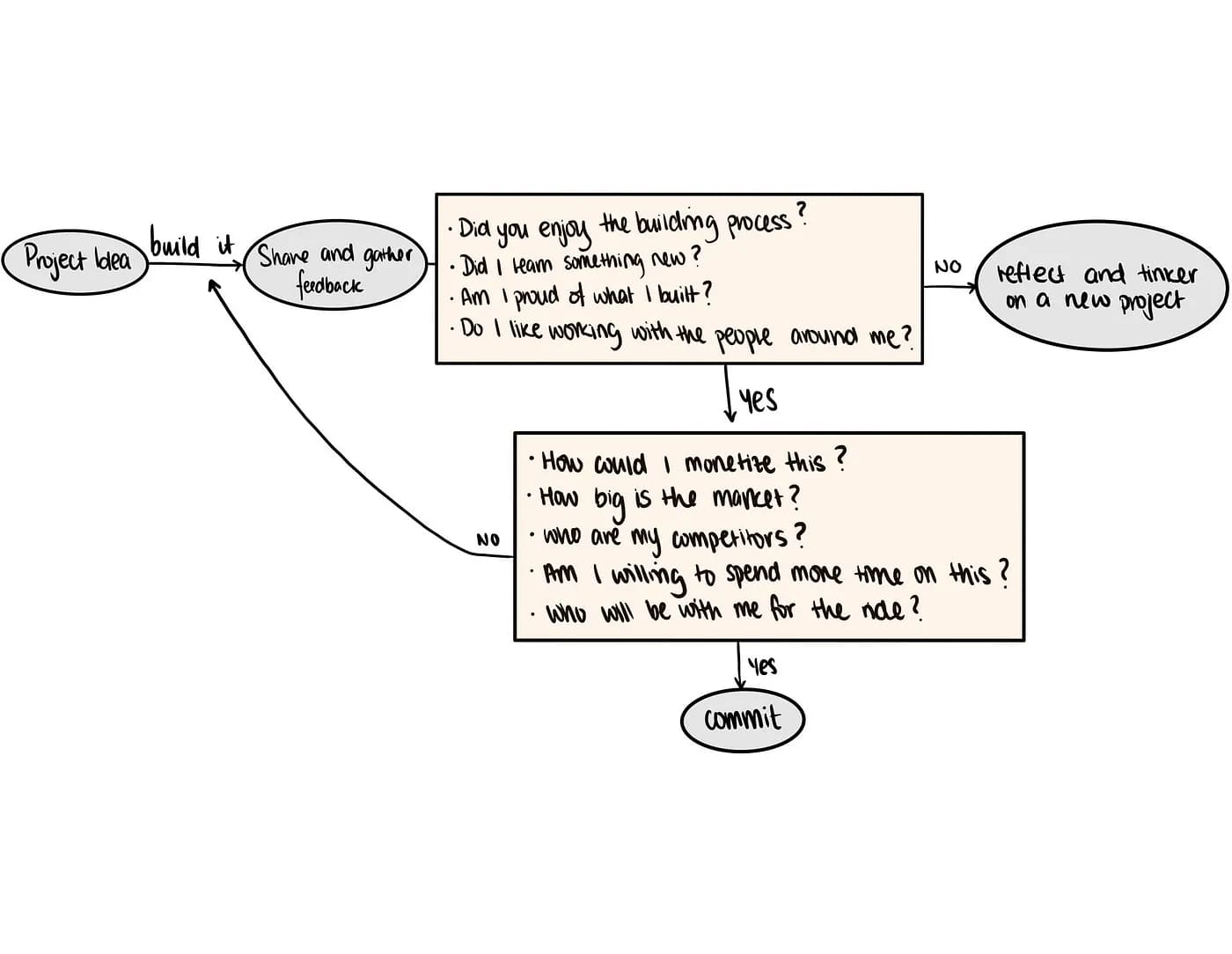Hacking the SF hackathon lifestyle
Last year, I participated in tons of hackathons in the heart of San Francisco, meeting hundreds of people who genuinely believed they could change the world. When introducing myself, not one asked me “which college I went to?”, “where I worked?”, or “how old I was?”. The opening question was usually, “what are you building?”. There is a hunger for asymmetric information, which is only gained through asking questions and being curious.
I found that inspiring.
I got sucked into the mindset to build build build, developing cool projects like Raja and PodcastGPT with my roommates within 1–3 days. The quick feedback always outweighed the non-perfect design and functionality of the prototypes.
With that also came uncertainty — “how can it make money long-term?”, “what if OpenAI or Microsoft builds this?”, “do you plan to work on this full-time?”
While these questions were fair, I didn’t have an answer because I wasn’t committed to these projects long-term. They were simple an avenue to express creativity out into the world. To gain a unique insight that one can’t get through reading and studying.
I realized that I and many around me have gone through this dilemma multiple times in their life.
Here’s a decision-making framework for those who are excited to build exciting projects but don’t know whether it’s worth committing to yet.
The tinkering to committing pipeline.

There are tons of interesting projects — from building the next Google to launching the next podcast about XYZ topic.
The first step is to play around with these ideas without the intention to commit the next 10 years on it or make it into a billion dollar business.
Simply let it be your creative outlet. It will be easier to build as it eliminates the pressure for perfection. It naturally would give you the ability to take more risks.
Spend a couple days to weeks building it with friends who might enjoy the ride.
There might be blockages: you might temporarily lose interest, the workload gets heavier, team members might leave due to others commitments.
But tell yourself that no one will stop you from building this - especially not yourself.
Once built, share it with your friends, family and rest of the world.
Gather feedback and answer the following questions:
Did I enjoy the building process? Did I learn something new? Am I proud of what I built? Do I like working with the people around me?
If the answer are mostly No, consider taking a pause to reflect and decide whether to keep going or try something new.
If the answers are mostly Yes, use the insights gained and continue the tinkering loop.
After a couple iterations, the following questions might come to mind:
- How could I monetize this?
- How big is the market?
- Who are my competitors?
- Am I willing to spend more time on this?
- Who will be with me for the ride?
This is the pull towards commitment - an signal to start thinking long(er) term.
Once here, keep answering these questions until you have more clarity in how this project could shape up in the next couple years.
If it seems exciting, commit!
This method has brings forward the notion that some projects should just remain projects, and will eventually help you find that one thing you truly care about.
So always remember, it’s always starts by being a tinkerer.